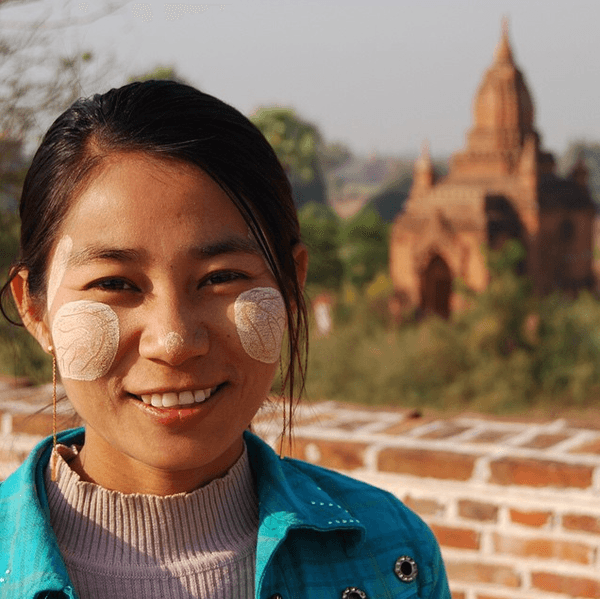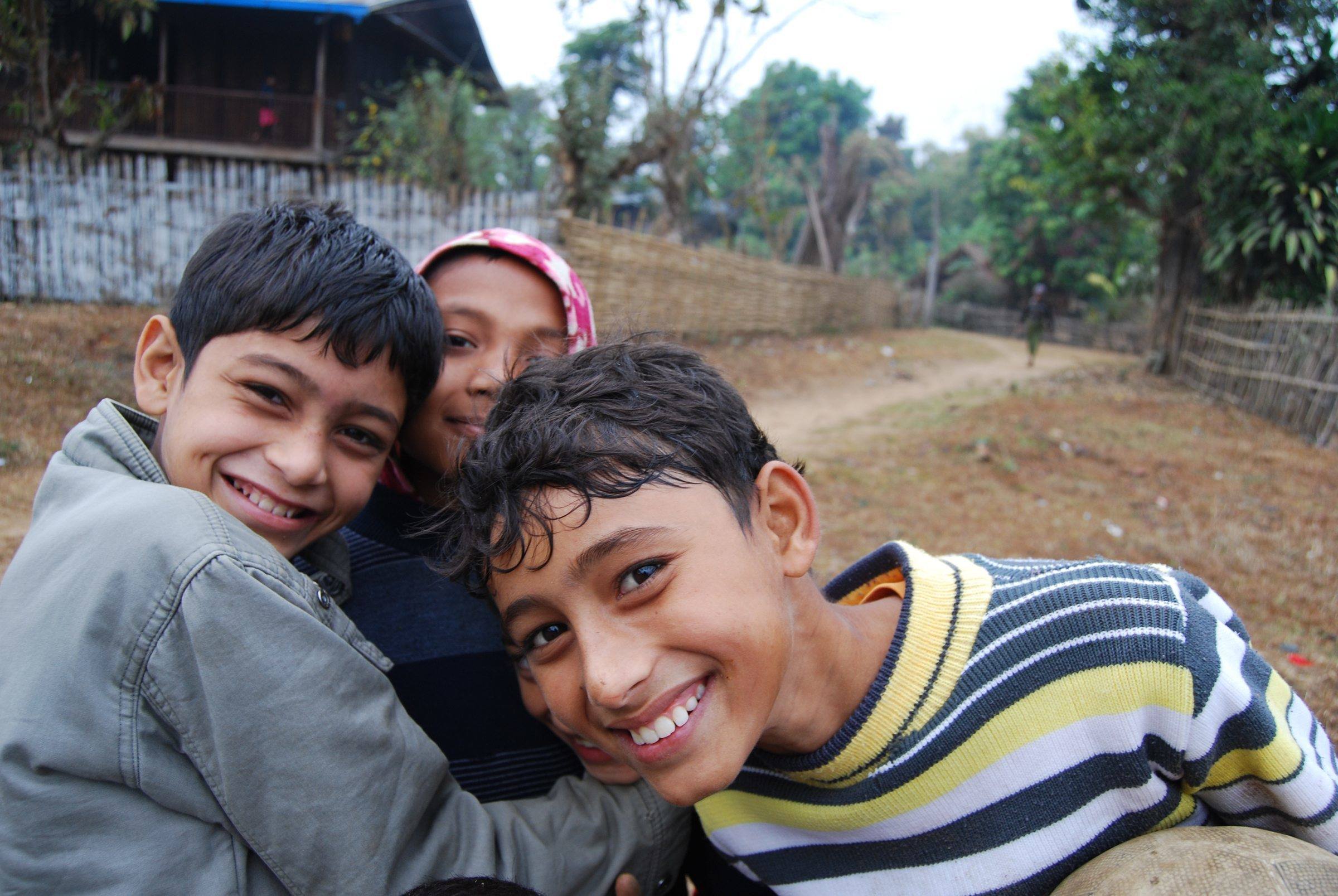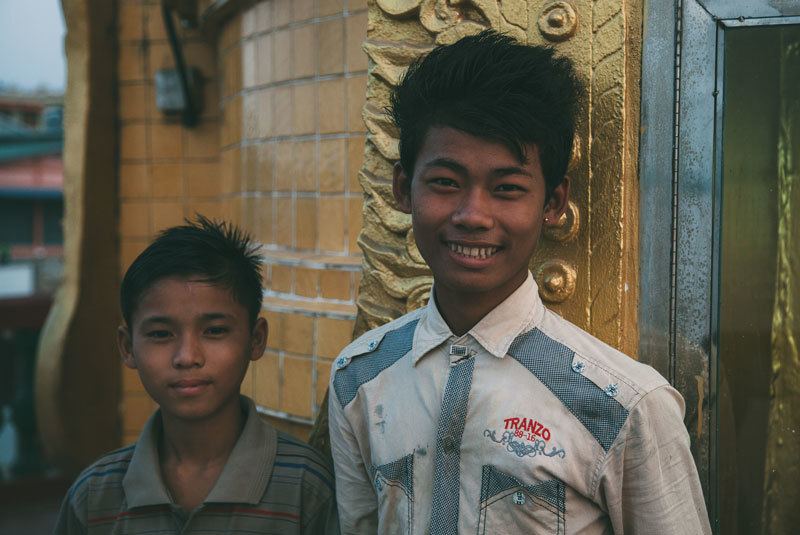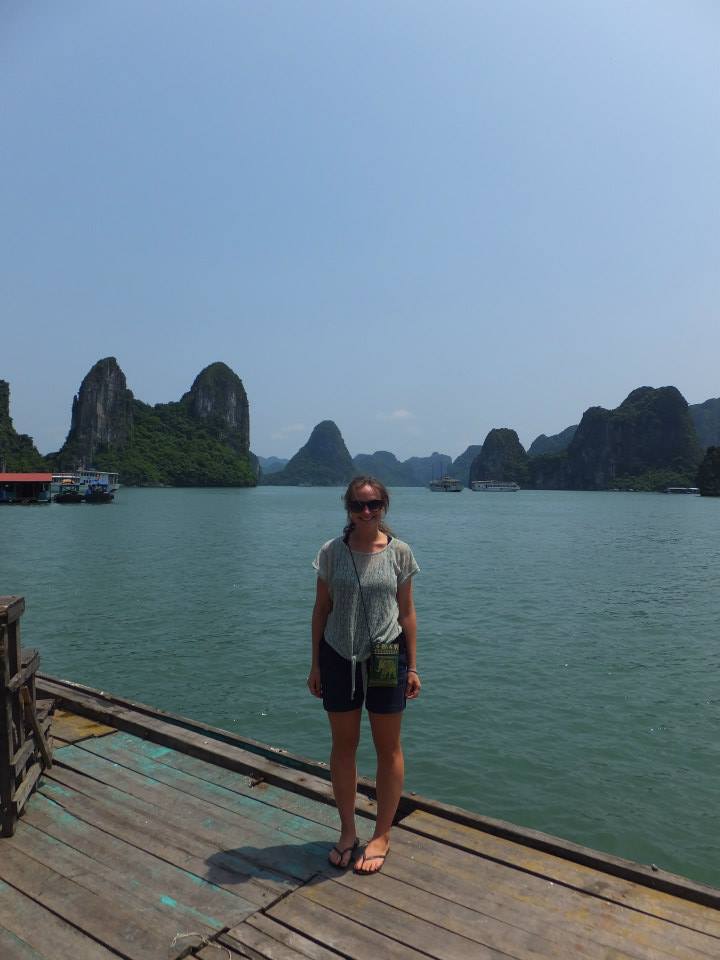Ethical travel photography: 5 top tips

Standing back to marvel at the Taj Mahal's intricate inlays, I felt a firm tap on my shoulder. Turning around, five people beamed at me, each camera in-hand. There was a moment of confusion when, bemused, I realized they wanted a photograph.
Not one, I soon realized, but an album's worth with a variety of line-ups. Soon I was awkwardly holding a stranger’s baby, and as myriad members of an extended family jumped in and out of photos in a complicated range of formations I had to draw the line. Politely.
It was a funny and good-natured experience, but would I have felt differently if I’d turned around to see five strangers taking photographs of me without permission? You bet. But it’s so easy when traveling to do just that.
1. Put yourself in someone else’s shoes

Photography is easier than ever - it isn’t necessary to have the discipline of days gone by. SD cards are a world away from the slides of old and with the lure of social media, everyone is snap happy on vacation.
But if someone took my photograph as I went about my day - following me to the office and peering over my keyboard wielding a chunky lens – it would be creepy (as well as making for some very uninspiring photos…) But when you take pictures of locals on the porch of their home, manning a market stall or praying at a temple, you’re doing just that. It's polite to ask permission; if someone doesn't want their photograph taken, smile and move on.
2. Be sensitive at religiously significant sites

Ancient temples and Buddhist monks collecting alms are often photography fodder, and while taking photographs at a sensible distance or asking permission isn’t problematic, tourists invading personal space and disrupting the peace in search of a vacation snap isn’t unheard of.
As well as prior research to understand culture in context, research local etiquette; Charlotte Bower, one of our Burma travel consultants, says, “always ask permission - certain denominations believe that having your photo taken steals the soul”.
3. Avoid exploitation

Observing and taking photographs of the ‘other’ can result in exploitation; ladies with neck coils in northern Thailand are a good example. Tourists pile into small villages to take pictures of villagers who are often stateless after escaping conflict in neighboring countries.
While they sometimes sell handicrafts, often there’s no direct monetary benefit from these exchanges and little meaningful interaction and cross-cultural exchange. The situation is different in their native Shan State (in Burma), and following an ‘ethical boycott’, there are efforts to make conditions in Thailand fairer, but it’s worth doing your research before adding it into your itinerary. Last year, travel consultant, Liam (pictured) traveled to various remote villages to spend time with the locals, learn about cottage industries and research ways of promoting sustainable tourism.
4. Make interactions meaningful

Photographs with stories behind them are far more meaningful (and interesting) than a 2D image of a stranger. It’s not difficult to transcend language barriers:
• A smile and a few local words can go a long way.
• If you’re traveling with a guide, ask them to translate to strike up a conversation.
• Ask permission to take photographs (particularly of children).
• Show pictures of where you’re from. Charlotte says, “from personal experience, I can say that locals in Burma love seeing photos of where you are from. I would go armed with photos on your camera of big buildings, or the sea, or a red bus, or your family (especially if blond!), then you can look at the photos together before turning the camera around”.
• If they’re traveling too, they may well want a selfie with you!
• Some photographers fear taking an overly staged image, but portrait photographs are often more engaging when the subject is at ease
5. Enjoy your vacation!

Spending an entire vacation behind the lens, with half an eye on returning home or posting photographs on social media, dilutes the experience of traveling. Relax the camera every now and again to observe the things that make you want to take photographs in the first place.
I have a terrible memory, so occasionally jot a few lines down when I’m somewhere new, or even take a sound recording on my phone - a less intrusive way of remembering special moments.
For more information and to plan your vacation to Burma, Vietnam, Cambodia, Laos or Japan, get in touch with our team.





